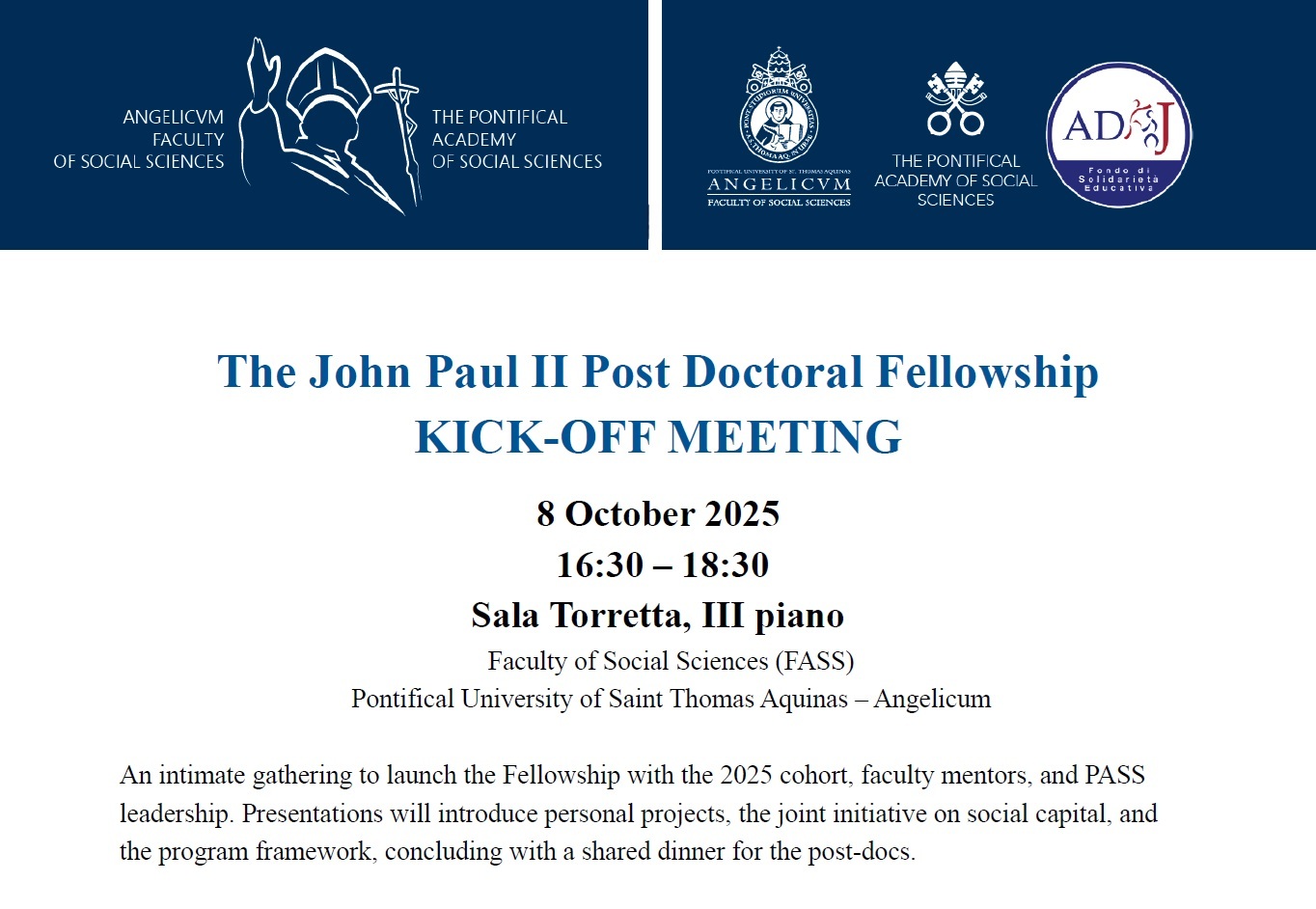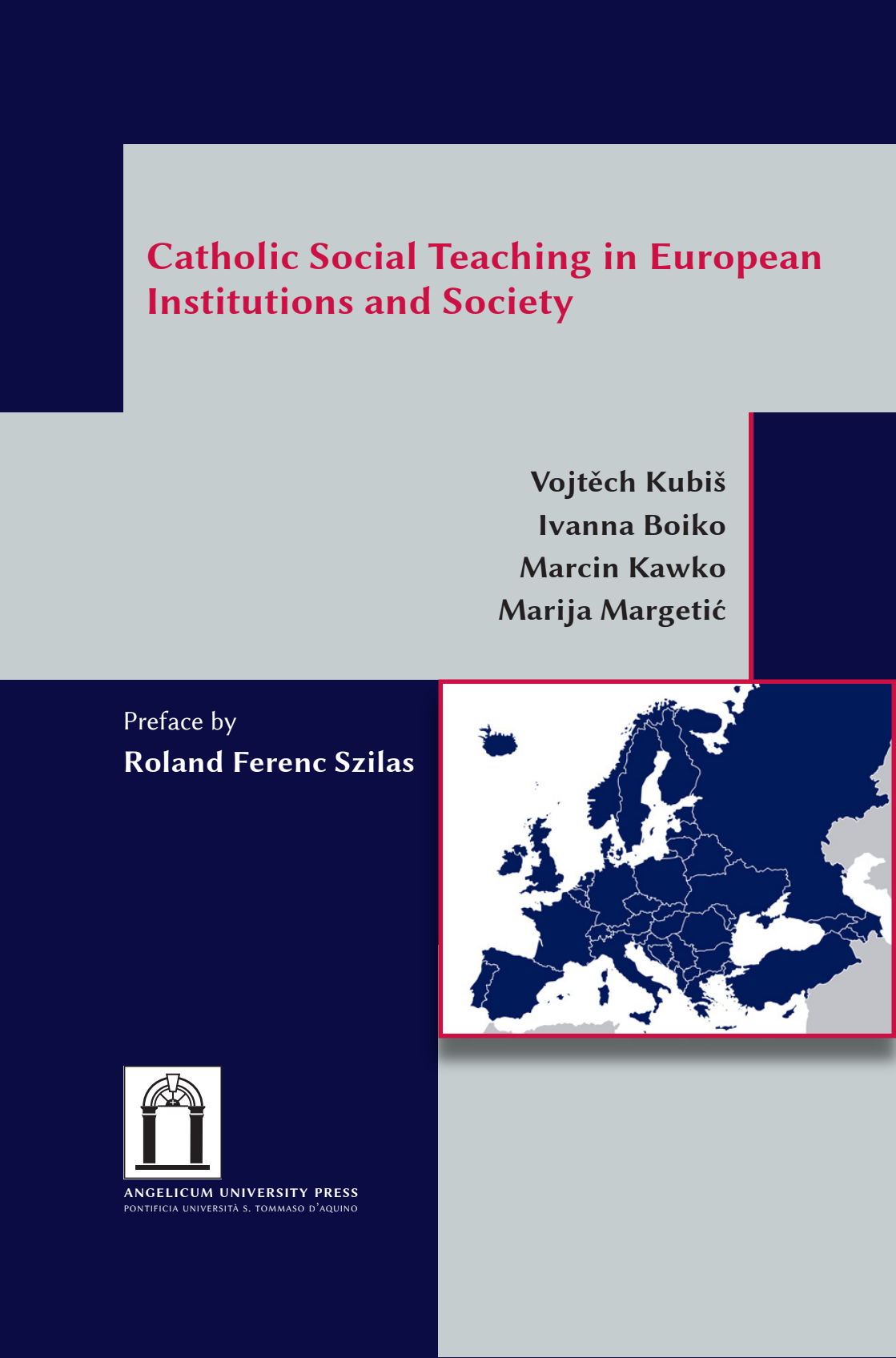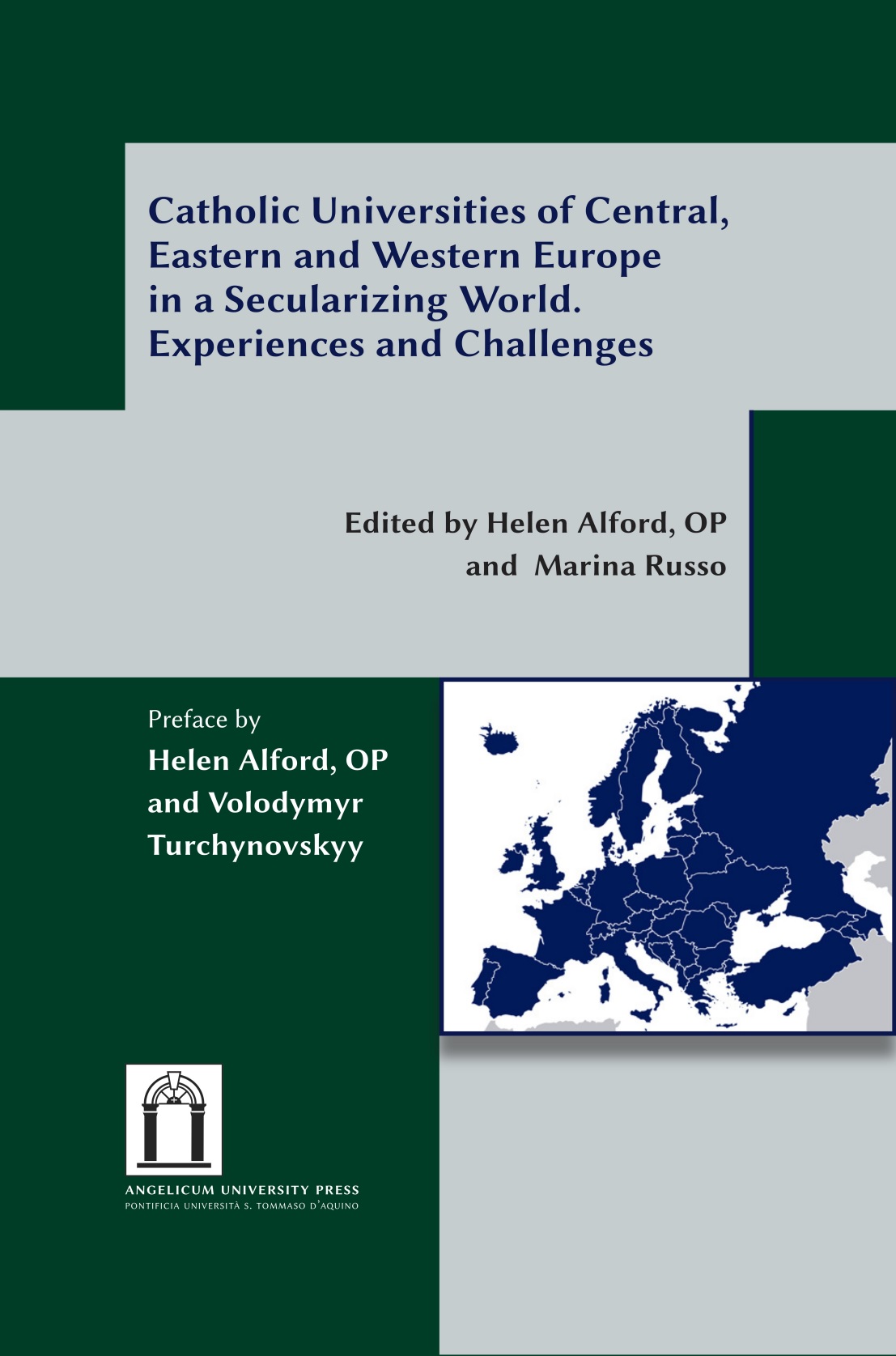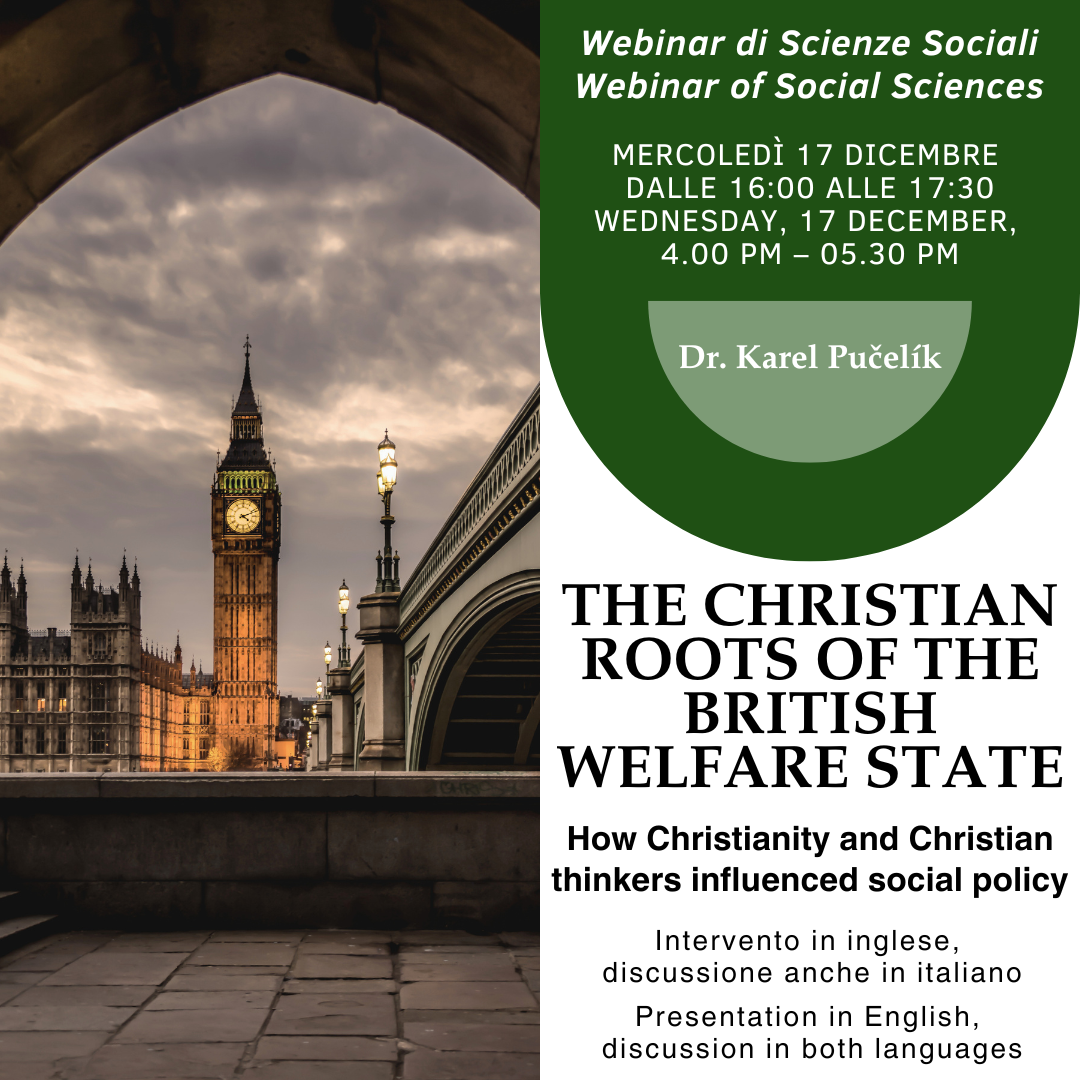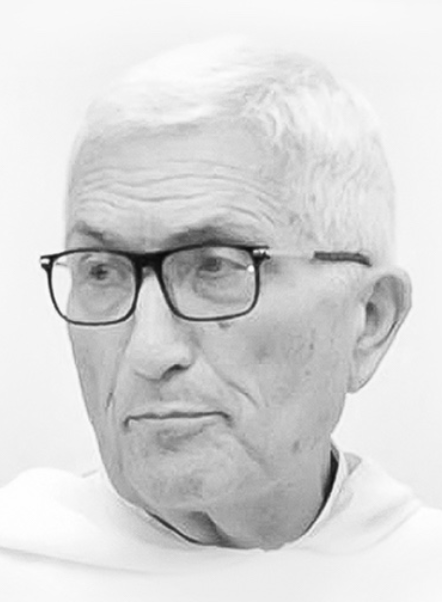 The aged-old problem of nature, of what makes human-beings human, has acquired a new pertinence in recent years. This renewed interest in the “nature” of the human being, however, stems from a variety of new epistemological approaches that directly impinge upon the definition of its contents and on the way the mind-body problem is solved. Martha Nussbaum seems also to be aware of this, when she affirms that the way we go about determining who we are, and the way in which our human identity is defined, are two closely connected issues1. In this regard, she seems to sum up the variety of possible approaches in two basic classes2. On the one hand, there is classical, or “metaphysical realism”. On the other hand, there is “internal realism”, which Davidson regards as a form of “anti-realism” in disguise, quite misleadingly attributed to Aristotle himself. This paper aims to situate Nussbaum’s approach within the broader realism/anti-realism debate as well as illustrate its relevant anthropological implications.
The aged-old problem of nature, of what makes human-beings human, has acquired a new pertinence in recent years. This renewed interest in the “nature” of the human being, however, stems from a variety of new epistemological approaches that directly impinge upon the definition of its contents and on the way the mind-body problem is solved. Martha Nussbaum seems also to be aware of this, when she affirms that the way we go about determining who we are, and the way in which our human identity is defined, are two closely connected issues1. In this regard, she seems to sum up the variety of possible approaches in two basic classes2. On the one hand, there is classical, or “metaphysical realism”. On the other hand, there is “internal realism”, which Davidson regards as a form of “anti-realism” in disguise, quite misleadingly attributed to Aristotle himself. This paper aims to situate Nussbaum’s approach within the broader realism/anti-realism debate as well as illustrate its relevant anthropological implications.
1. The realism/antirealism debate
Realism tout court includes all those perspectives that generally understand human nature as a “fact” or as a reality that is external to the mind3. This very broad class, though, includes at least two sub-categories: “naïve” realism and “critical” realism. According to «naïve realism», the manner in which human nature exists in the world is identical to the manner in which it exists in the spirit. This is, for instance, the thesis of Platonic realism, according to which our Ideas of man are a copy of reality as it is in itself4. For «critical realism», on the other hand, the nature of a thing is obtained by abstracting its essence from its material or sensible aspects. Although corresponding to a real referent, the universal character with which the nature of man is usually depicted in our mind is not identical to the individualized manner in which things exist in themselves. So for instance, in reality we only find the individual Socrates, not “the individual being of rational nature” with which we represent Socrates in our mind.
On the other side of the spectrum, anti-realism includes all those approaches which understand human nature as a “concept”, or a reality that is only “internal” to reason5. As for realism, it is possible to envisage at least two sub-categories of anti-realism: “empirical” anti-realism and “rationalist” anti-realism. Empirical anti-realism includes those currents of thought that hold that the “nature of things” is nothing but a totality of empirical qualities that do not have any subsistence in themselves. They are only an impression that sensible objects leave on our senses6. The position of Galileo on this point is emblematic. In fact, Galileo compares the qualities of things (from which critical realism used to abstract the essence of a thing) to tickling: like the tickling produced by a feather is not a quality of the feather, but only resides in us, in our sensing body, so it is for empirical qualities (like colour, for example)7. The failure to recognize the extra-subjective nature of sensible qualities, then, completely compromises their real subsistence8. This form of antirealism has specific anthropological consequences too. In particular, it generally leads to a monist or materialistic solution of the mind-body problem. In fact, if our ideas are nothing but sensible impressions, this means that the human mind is reduced exclusively to its sensorial functions9.
«Rationalist antirealism», instead, maintains that nature as essence is known a priori, either from ideas10 or through the common rules of human reason and language11. In this sense, it leads to a form of “conceptual relativism”, according to which the nature of a thing (and not only our awareness of it!) is relative to our conceptual frameworks. Hilary Putnam, the great American epistemologist, is among the proponents of this form of antirealism, which he designates with the term “internal realism”12, a label which will be later taken up by Nussbaum to refer to her own kind of approach and is considered by Davidson to be misleading13.
If the first form of antirealism generally leads to a (materialistic) monist vision of the human being, «rationalist antirealism» tends to a dualistic vision of the mind-body problem. In fact, since the body has no role in intellectual knowledge, it can be considered as a sort of (extrinsic) tool of human reason. As we will see more fully in the following sections, this is the case for Martha Nussbaum’s anti-realism.
2. The Antirealism of Martha Nussbaum
Nussbaum completely excludes that human nature can be maintained as an “external” fact, independent from our conceptual frameworks. In Sex and Social Justice, she writes that “what we have to get rid of here is the idea that there is bound to be some one thing beneath the surface that is simply being described in different language. For the language itself reproduces (even as it represents) the structure of a form of life”14.
Nussbaum maintains that her thesis is shared by Aristotle, who apparently held that “the question as to whether a certain function is or is not a part of our human nature is a certain special sort of evaluative question (…)”, the solution to which is sought by “looking at the evaluative beliefs of the many and the wise”15. Such an interpretation, as we shall later see, has not surprisingly been criticised by Louise Antony.
But, for now it is enough to point out that – while not a fact – human nature is not, according to Nussbaum, an arbitrary convention either. Nature is not a subjective construct, as is the case in some forms of philosophical antirealism, such as in the theories of Stanley Fish or Richard Rorty16. According to these authors, it is not possible to speak univocally of nature (either human, or sub-human) once the hope of knowing the world as it is in itself is lost. For Martha Nussbaum, as for Putnam, it is instead possible to speak (although not without ambiguities) of an “objectivity without object”17. The objectivity of our intuitions or of our “opinions” regarding nature consists in their conformity to certain ideal criteria (such as the criteria of internal coherence), but not in their correspondence to the reality “external” to the human mind. The proof that the concept of human being, as an individual capable of reason and sociability is “true”, and therefore objective, is found according to Martha Nussbaum in the fact that those who negate it fall into pragmatic contradiction with themselves.
Various classical and contemporary authors have used this holistic method efficaciously. One can find a trace of this type of dialectical analysis and internal refutation in Musonio Rufo’s writings. These – according to Martha Nussbaum – succeeded in demonstrating the incoherence of the thesis of inequality between man and woman, by showing that it is contrary to the practice, widespread among the Romans of the time, of assigning the education of children and the administration of the house to the woman18. Finally, John Rawls, again according to Nussbaum, succeeded in demonstrating how the utilitarian calculation of pleasure and satisfaction of the majority is inconsistent with the fundamental “separation” of individuals maintained by Utilitarians19.
Thus, Martha Nussbaum’s understanding is that our conceptions of who the human being is should be considered invalid only where they contradict other common opinions. However, as Moody Adams notes, there can be cultures or thought systems that are perfectly coherent despite being pernicious and false, if they repose on false premises20. During, for instance, the epoch of the activist Sojourner Truth, women were considered inferior, and, consequently, they were denied access to education. To these objections, one can add those of Bernard Williams, according to whom the method of internal coherence is insufficient to demonstrate the truth of our ideas of human nature. Truth surpasses the mere logical coherence of ideas, and regards instead objective evidence, i.e., the correspondence of concepts with external reality21.
3. The Functionalist Understanding of Human Nature
“Realist” and “anti-realist” approaches do have an impact on the substantive content, or definition, of who the human being is. In fact, Nussbaum’s functionalist definition of human nature (as a list of basic capabilities and functions)22 is, one may say, a ‘natural’ consequence, of her «internalist» approach, which derives who we are from the beliefs people have about their most prominent functions23.
As mentioned above, Louise Antony criticizes Nussbaum’s attempt to trace both the “functionalist” concept of the human-species24 and its epistemological method to Aristotle. She writes that “on the received view, Aristotle recommends that we look for that activity or capacity that is distinctive of human beings (…). We do not need to know anything about what any human being values in order to discover the essence of a human life (…)”25.
One can add to this that, for Aristotle, the powers and functions of the human being are always powers and functions of something. There is something prior in human beings, which is at the origin of their powers, and this is the (rational) soul26. The soul is the first act, while the operations or functions are second acts27.
Martha Nussbaum does not accept this distinction between first and second act – which would require a realist approach and would lead, if adopted, to a metaphysical understanding of human nature. In the last paragraph, we will point out her objections in detail. For now, it is sufficient to say that where Aristotle, for example, designates the “soul” of the eye as sight28, Martha Nussbaum designates the essence of the eye in terms of a capability to see29, thus reducing the soul (first act) to its functions (second acts) and rejecting a more metaphysical concept of the human being.
The Central Human Capabilities30
1. Life: Being able to live to the end of a human life of normal length; not dying prematurely, or before that, not having a life that is not worth living.
2. Bodily Health: Being able to have good health, including reproductive health; to be adequately nourished; to have adequate shelter.
3. Bodily Integrity. Being able to move freely from place to place; to be secure against violent assault, including sexual assault and domestic violence; having opportunities for sexual satisfaction and for choice in matters of reproduction.
4. Senses, Imagination and Thought. Being able to use the senses, to imagine, think and reason (…).
5. Emotions. Being able to have attachments to things and people outside ourselves; to love those who love and care for us, to grieve at their absence.
6. Practical Reason. Being able to form a conception of the good and to engage in critical reflection about the planning of one’s life.
7. Affiliation. Being able to live with and toward others, to recognize and show concern for other human beings, to engage in various forms of social interaction; to be able to imagine the situation of another (…).
8. Other Species. Being able to live with concern for and in relation to animals, plants, and the world of nature.
9. Play. Being able to laugh, to play, to enjoy recreational activities.
10. Control over One’s Environment: (…) Being able to participate effectively in political choices that govern one’s life. (…) Being able to hold property (…) being able to work (…) and entering into meaningful relationships of mutual recognition with other workers.
4. The Rejection of the Metaphysical Understanding of Human Nature
As we said earlier on, for Aristotle, the powers and functions are always powers and functions of something. There is something prior in man, which is at the origin of his powers, and this is the (rational) soul.
Accordingly, whenever the individual breathes and reacts to stimuli – or whenever the individual manifests some activities or functions (whether sensory or vegetative), despite the absence of intellectual activities – he is still considered to be a human being, a person, insofar as both forms of functions derive from or persist through a unique spiritual principle or soul31.
Martha Nussbaum does not accept this distinction nor the metaphysical conception of man as a body informed by a rational soul, in as much as she finds them problematic on both the speculative and practical levels. On the speculative level, she believes that the notion of man as “individual being of a rational nature” is void of real referents. For, in reality, we only find historical individuals, such as Titus and Caius.
But, if it is true that the ‘form’ or the ‘first act’ never exists in a pure state in external reality32, this does not however require one to admit (as Nussbaum seems to deduce) that essences (in the metaphysical sense) only have a nominal existence. According to critical realism (of the kind Aristotle adopts) intelligence gathers them directly from the sensible, from facts or empirical realities through that which Thomas Aquinas calls intellectual abstraction. Abstraction is a process by which the intelligence moves from the concrete sensible to the abstract intellectual, “because the quiddity is present in the sensible, but the senses cannot discover it. Peter is a man, but by seeing Peter one does not ‘see’ the essence of man, seeing only colour, height, etc.. It is the intelligence that must penetrate and read inside (intus legere)”33.
On the practical level of the criticism, Nussbaum notes three limits in the metaphysical concept of nature. First of all, she holds that the metaphysical concept of “nature” is too elusive or abstract, thus risking an application that is too restrictive. Throughout history, for instance, the recognition of the status of person or “rational being” has been denied to women, to slaves, or to the foreigner34. It would be more difficult to deny that an individual belongs to a species while using the functional sense of the term. Such a hope is however contradicted by the facts. In defining human life by “basic capabilities”, one winds up excluding those individuals who are not and never will be able to develop them. This danger is anticipated by Nussbaum, when she writes that “much infamy might be practised in the name of B-capabilities”35, but she does not manage to avoid it.
Second, Nussbaum maintains that the concept of a rational soul, included in the metaphysical concept of human nature, belongs to only a few traditions. It thus cannot be a valid foundation for the ethical norms of a multicultural society36. Bobonich, however, observes that this thesis of Nussbaum does not hold: “What has happened to all «myths and stories from many times and many places» (including many of the ancient Greeks) which claim that we are essentially immortal beings, that is that we are, or have, immortal souls? Such stories and myths are quite common throughout Western history; they are still widely believed in many contemporary societies. (…). Thus, on Nussbaum’s own understanding of justification in terms of «appealing to the commonness of myths and stories from many times and many places», her claim that we are essentially mortal seems unjustified”37.
Lastly, a final ‘practical’ limit of the metaphysical concept of species resides for Nussbaum in its factuality. Precisely because it is descriptive, the metaphysical concept of nature cannot, she maintains, serve as a foundation for the norms of society without falling into a naturalistic fallacy, into the illicit movement from being to that which must be. More or less knowingly, however, Nussbaum falls into the same error, drawing her idea of human nature from those normative opinions about what is important in human life.
As Bernard Williams states, she “wants to bring together the questions whether a certain life could be a life of mine, and whether I could possibly choose such a life (…). But (…) it cannot be the case that my identity within a way of life – the question whether it is my life – can hang on my declaration or resolution that this way of life does not come up to my expectations, or does not sufficiently honour activities by which I set great evaluative store”. In fact, “many of our values themselves, above all a sense of what would count as a loss, demand a realistic recognition that a certain life is inescapably one’s own, that it cannot be abandoned except by dying”. So “if the Aristotelian is to avoid this looming vacuity, then she surely must provide some constraints on what can count as the best understanding of human powers, and those constraints must be, to some degree, independent of the distinctively ethical demands and hopes. It cannot be enough to say simply that the traditional Aristotelian understanding of what women are like, for instance, should be rejected because it does not fit with liberal aspirations; what is needed is some account of what, apart from that, is wrong with such views”38.
themselves, above all a sense of what would count as a loss, demand a realistic recognition that a certain life is inescapably one’s own, that it cannot be abandoned except by dying”. So “if the Aristotelian is to avoid this looming vacuity, then she surely must provide some constraints on what can count as the best understanding of human powers, and those constraints must be, to some degree, independent of the distinctively ethical demands and hopes. It cannot be enough to say simply that the traditional Aristotelian understanding of what women are like, for instance, should be rejected because it does not fit with liberal aspirations; what is needed is some account of what, apart from that, is wrong with such views”38.
NOTES:
1 M.C. Nussbaum, “Nature, Function and Capability” in Oxford Studies in Ancient Philosophy, supplementary vol. 1, 1988, pp. 145-54.
2 According to J.D. Davidson, “the issues involved in the realism/antirealism debate are notoriously abstract and elusive, and in this connection Nussbaum is remiss, nowhere offering a careful explication of the respective positions (…)”. J.D. Davidson, “Appearances, Antirealism, and Aristotle” in Philosophical Studies 63, 1991, p. 147.
3 Ibid.
4 J. Maritain, Introduzione generale alla filosofia, Società Editrice Internazionale, Torino, 1939, p. 123.
5 M.C. Nussbaum, “Aristotle on Human Nature and the Foundations of Ethics”, in World, Mind and Ethics: Essays on the Ethical Philosophy of Bernard Williams, (J.E.J. Altham – R. Harrison eds.), Cambridge University press, Cambridge, 1995.
6 R. L. Lucas, L’uomo spirito incarnato, San Paolo, Cinisello Balsamo, 1993, p. 128.
7 S. Vanni-Rovighi, Elementi di Filosofia, cit., vol. I, p. 119; Galileo, Opere, ediz. Nazionale, vol. VI, pp. 348-352.
8 A. Llano, Filosofia della conoscenza, Le Monnier, Firenze, 1987, p. 81.
9 G. Basti, Il rapporto mente-corpo nella filosofia e nella scienza, ESD, Bologna, 1991.
10 As a demonstration of the fact that many of our thoughts (or ideas) do not have a sensorial basis, Descartes presents the experiment of the knowledge of a ‘piece of wax’. Since the characteristics of wax as perceived by the senses are in constant change (as occurs when wax melts with heat), and given that, despite everything, we hold to be always before the same piece of wax, our ideas of things (in this case, wax) cannot depend on sensorial perception and experience, as empiricism pretends. Instead, intellectual ideas make judgements of experience possible. E. Scribano, “Descartes” in Enciclopedia. Filosofica. Bompiani, Milano, 2006, v. 2, pp. 2712; R. Descartes, Meditations on First Philosophy, NuVision Publications, Sioux Falls 2007.
11 J. Maritain, cit., p. 134.
12 The concept of “internal realism” takes on different connotations in Putnam’s work. In Reason, Truth and History (1981), by “internal realism” he designates the idea according to which the nature of the thing is “internal” to reason. In The Many Faces of Realism (1987), however, the same concept is used to designate the idea that only access to nature depends on rational schemata. Whilst the first sense of “internal realism” is antirealist, the second sense is perfectly compatible with non-naïve realism.
13 J.D. Davidson, cit., p. 148
14 M.C. Nussbaum, Sex and Social Justice, Oxford University Press, New York, 1999, p. 263.
15 M.C. Nussbaum, “Nature, Function and Capability”, cit., p. 177.
16 M.C. Nussbaum, Love's Knowledge: Essays on Philosophy and Literature, Oxford University Press, Oxford, 1990, p. 228.
17 H. Putnam, The Collapse of the Fact/Value Dichotomy, Harvard University Press, Cambridge, 2002.
18 M.C. Nussbaum, “Human Capabilities, Female Human Beings” in M.C. Nussbaum, J. Glover, Women, Culture and Development, Oxford, Clarendon Press, 1995, pp. 97- 98.
19 M.C. Nussbaum, “Aristotle, Politics, and Human Capabilities” in Ethics, n.1, vol. 111, 2000, p. 121.
20 M. Adams, “The virtues of Nussbaum’s essentialism” in Metaphilosophy, v. 29, n. 4, 1998, p. 265.
21 B. Williams, ‘Replies’ in (J.E.J. Altham – R. Harrison eds.), World, Mind and Ethics, Essays on the Ethical Philosophy of Bernard Williams, cit, pp. 143-144, 196-200.
22 Even if the term of “basic capability” is not found in Aristotle, Nussbaum maintains that the foundation is found in De Anima, B5, 417b, where he distinguishes between the capability as a congenital predisposition to learning, and the capability of using knowledge (once it has been acquired). Only the first is a “B-Capability”. Cf. M.C. Nussbaum, “Nature, Function and Capability”, cit.; p. 166.
23 Ibid., p. 180.
24 Ibid., p. 169.
25 L. Antony, “Natures and Norms” in Ethics 111, (October) 2000, p. 27.
26 The reference to the concept of a soul of a rational nature appears, among other places, in the same passage of the Nichomachean Ethics (Book I.7, 1097b-1098a) on the human functions that were just mentioned.
27 F. Bergamino, La struttura dell’essere umano. Elementi di antropologia filosofica, EDUSC, Rome, 2007, p. 75. Thomas Aquinas expresses the same concept when he affirms that the soul is the first principle of movement, while operations are the proximate principles of action. Cf. Summa Theologiae, I, q. 77, a. 1, I, q. 78, a. 4.
28 “(…) the soul is the entelecheia (tr. act) of a body (…). Entelecheia is understood in two manners, as science, or as the use of science. It is clear that the soul is in the manner of science, because the possession of science is genetically prior to its use. The soul is thus the first entelecheia (tr. first act) of a natural body that has life in potency (…). Suppose that the eye were an animal – sight would be its soul, for sight is the substance of the eye which corresponds to the account, the eye being merely the matter of seeing; when seeing is removed, the eye is no longer an eye, except in name – no more than the eye of a statue or of a painted figure (…)”. Aristotle, De Anima (II.1, 412a 21-30); Cf. The Complete Works of Aristotle, Jonathan Barnes (ed), Princeton, NJ, 1993.
29 “What, then, is it that persists throughout a creature’s life, only to be disrupted at death? Aristotle argues that it is the structure or functional organization characteristic of the species in question. He illustrates this idea by saying that if the living creature were an eye, psuchè would be its ability to see; if the living creature were an axe, psuchè would be its ability to cut, that is, the structure in virtue of which it is able to perform the function characteristic of an axe”. M.C. Nussbaum, “Hylomorphism” in A Companion to Metaphysics, Blackwell, Oxford, 1995, p.222; See, also, M.C. Nussbaum, Aristotle’s De Motu Animalium, Princeton University Press, Princeton, 1978, p. 71; H. Putnam – M.C. Nussbaum, “Changing Aristotle’s Mind” in Essays on Aristotle’s De Anima, (M.C. Nussbaum – A. Rorty eds.), Clarendon Press, Oxford, 1995, p. 56.
30 M.C. Nussbaum, Frontiers of Justice, cit., pp. 76-77.
31 I. Carrasco de Paula, Questioni di Bioetica, Apollinare Studi, Rome, 2001, p. 142
32 ff. F. Bergamino, La struttura dell’essere umano, cit., p. 108.
33 R. L. Lucas, Orizzonte Verticale, San Paolo, Cinisello Balsamo, 2007, p. 106.
34 M.C. Nussbaum, “Human Capabilities, Female Human Beings”, cit., p. 75, 96-98; L. Palazzani, Il concetto di persona tra bioetica e diritto, Giappichelli, Torino 1996, p. 31.
35 M.C. Nussbaum, “Nature, Function and Capability”, cit, p. 173.
36 M.C. Nussbaum, Frontiers of Justice, cit., p. 182.
37 C. Bobonich, “Internal Realism, Human Nature and Distributive Justice: A response to Martha Nussbaum” in Modern Philology, vol. 90, 1993, p.79.
38 B. Williams, “Replies” in (J.E.J. Altham – R. Harrison eds.), World, Mind and Ethics, Cambridge University Press, Cambridge, 1995, pp. 196-200.
 IT
IT  EN
EN 
